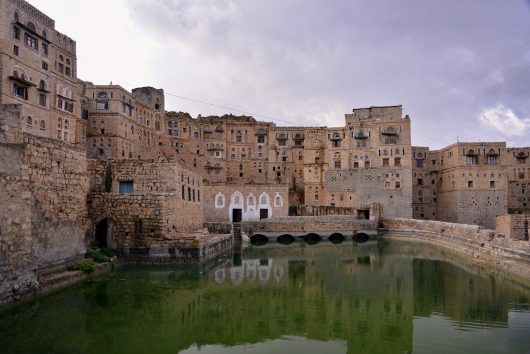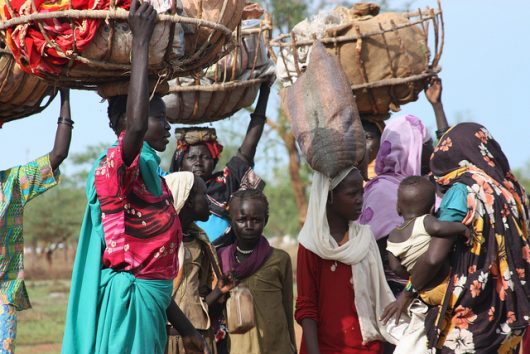 Most people know that education is the key to ending global poverty. If the next generation of leaders, entrepreneurs, teachers and parents are better educated, they will be more equipped to improve their conditions.
Most people know that education is the key to ending global poverty. If the next generation of leaders, entrepreneurs, teachers and parents are better educated, they will be more equipped to improve their conditions.
Books for Africa is an organization that is working to accomplish that goal today. Its message is clearly stated on its website: “education is the great equalizer in the world, and books are at the foundation of a strong educational system.”
This inspiring organization controls all aspects of giving books to children in Africa; it collects donated books, sorts them, ships them, and distributes them to the children.
Since Books for Africa’s founding in 1988, they have shipped more than 38 million books to 49 different African countries. These are huge numbers that are making great strides for children’s education in Africa.
The Board of Directors has a multitude of factors that must work for the operation to be successful: do they have enough donations to send, will they have enough money to send the shipment, did they pick an African community that will actually use the books?
According to Publishers Weekly, “It costs $10,300 on average to ship each container by sea to Africa from the U.S.” With this expense, it is imperative for people to continue donating their books, time and money. Books for Africa is sure that its cause is making a difference.
Studies done by the World Bank, various researchers and Books for Africa have concluded that providing even one textbook can increase literacy rates by five to 20 percent.
One program focused on promoting education, Learn NC, concluded that reading a book does so much more than merely pronouncing the written words. Reading can spark discussion, promote engagement with others, transform the reader’s mind and inspire the reader to act.
Books for Africa promotes that a “gift of books truly is a gift of hope.” Ending global poverty can happen one book at a time.
– Sydney Missigman
Photo: Flickr









